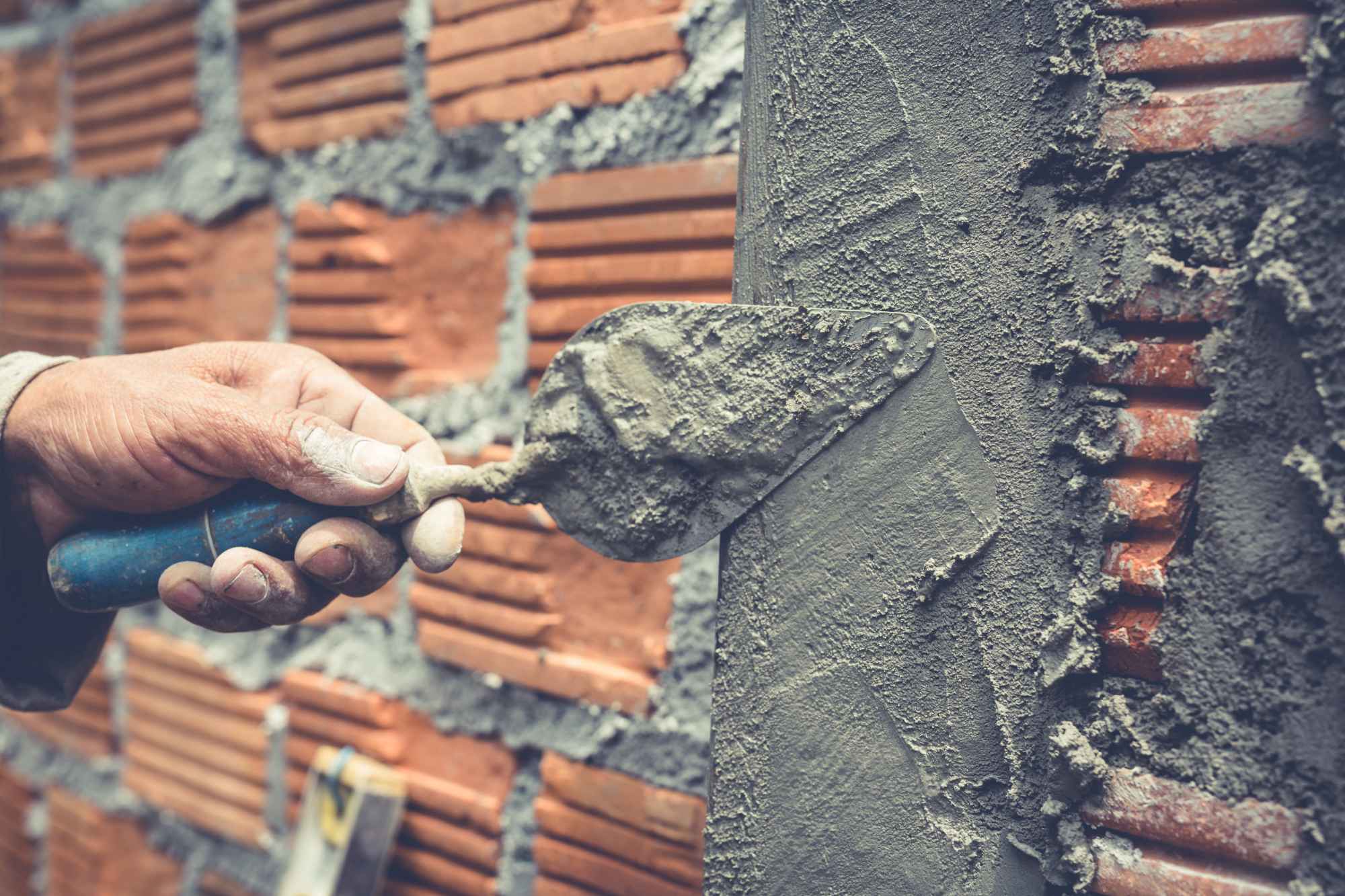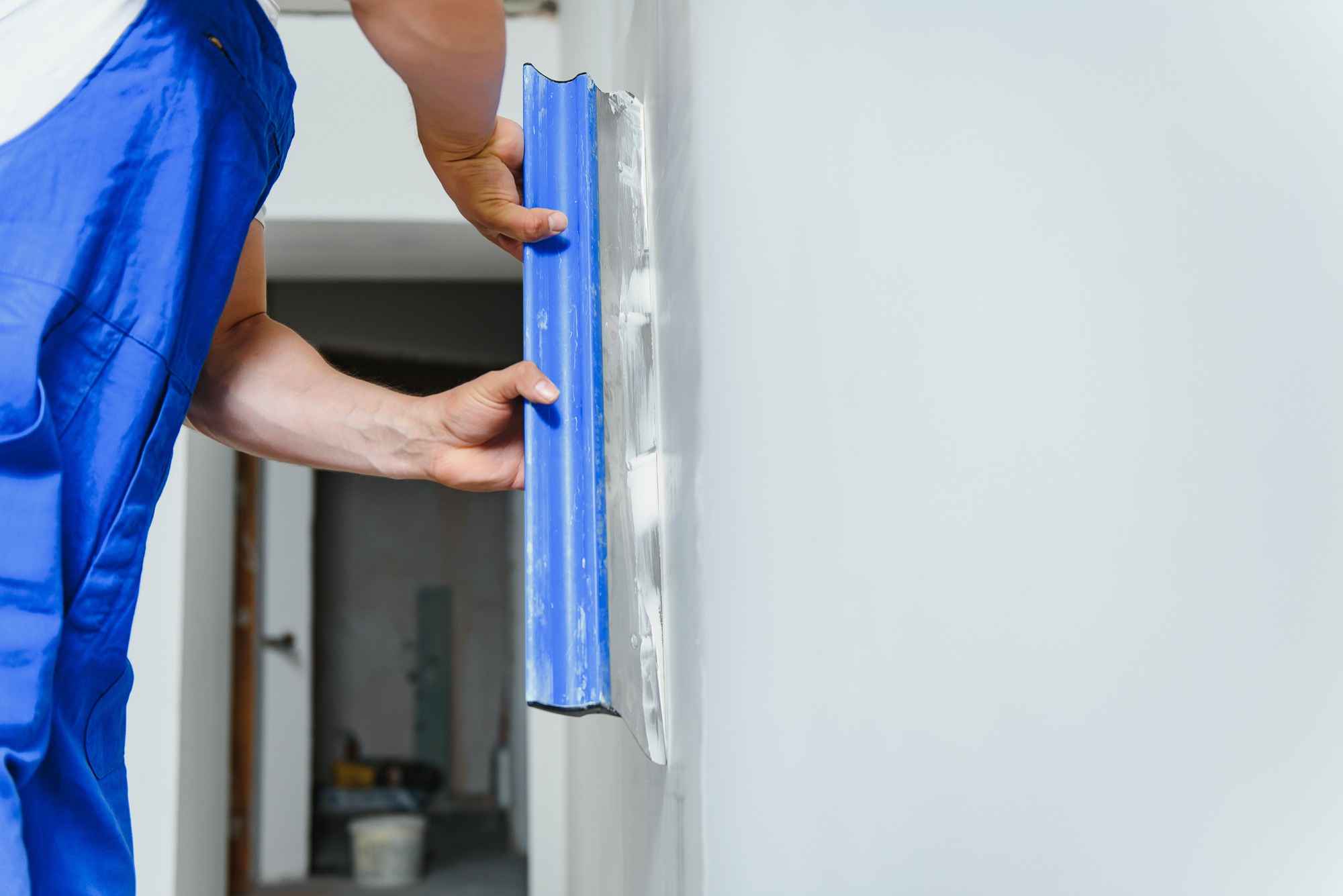
In terms of elevating and protecting the exterior of a building, external rendering attracts attention as a transformative procedure. It is a technique that not only enhances the aesthetic value of a property but also provides a protective layer for the walls. From enhancing curb appeal to improving energy performance, external rendering has become a preferable option among householders and property developers looking to extend the lifespan and look of their buildings.
External rendering includes the application of a specialist coating across the external walls of a structure. This protective render acts as a shield against environmental factors while simultaneously delivering a visually appealing finish. The layer forms a barrier that protects the surface from moisture, wind, and other environmental threats. Over time, bad or defective rendering may result in internal dampness and visible damage, emphasising the importance of precise installation and appropriate material selection.
This outer coating serves a dual purpose—it enables moisture on the wall surface to evaporate while avoiding dampness issues inside. Therefore, walls can get wet and subsequently dry out without compromising the structural stability of the property.
Before selecting a particular method for rendering, it is crucial to comprehend that every render consists of specific components. The mixture and proportion of these materials impact the general characteristics, adaptability, and the building’s look after the final finish. By mixing various materials and adjusting their ratio, it is possible to attain a variety of textures and practical advantages suited to individual building requirements.
Over the past few years, advances in rendering technology have enabled property owners to choose from a range of finishes. Gone is the time when options were restricted to older, less appealing styles—today’s rendering products provide contemporary alternatives with customisable aesthetics.
External rendering can bring a range of advantages, all of which play a vital role in a property’s lasting value and resilience. The following are a few of the most significant benefits:
One of the most critical reasons householders select rendering is its capability to transform a property’s exterior. The render can be employed in different styles, from sleek, seamless finishes to more textured looks. Whether the objective is to craft a modern facade or retain a traditional feel, rendering makes it possible to customise the outcome to match a particular taste.
Rendering crafts a strong layer over the walls, which aids in resisting rain, wind, and varying atmospheric conditions. This protective barrier prevents moisture from penetrating the surface, thereby avoiding damp patches or mould growth inside. By protecting against the elements, rendering can extend the service life of the building fabric and decrease the likelihood of expensive structural problems.
External rendering plays a crucial role in the thermal effectiveness of a residence by decreasing heat loss through the walls. Acting as a layer of insulation, render aids in stabilising indoor temperatures, crafting a more pleasant living environment all year round. Enhanced energy efficiency means less reliance on heating and cooling systems, which may lower utility bills over time.
Apart from cosmetic enhancements, rendering reinforces the exterior walls and strengthens their resistance to cracks, shifting, and damage. This extra support means a building remains structurally fine for extended periods, with fewer repairs needed as time goes on.
In contrast to other exterior finishes, such as timber cladding or exposed brickwork, rendered walls require minimal maintenance. Once applied, the surface is straightforward to clean, and occasional repainting or small repairs are generally enough to retain its look. This simplicity makes rendering an attractive and budget-friendly solution.
A freshly rendered property usually makes a good impression on prospective buyers. The tidy, uniform look reflects meticulous maintenance, which can enhance market appeal and elevate the property’s resale value. In competitive property markets, this added visual impact can help a building stand out from the crowd.
Numerous types of renders are extensively used, each having its unique qualities. The choice of a particular material depends on the desired finish and the surrounding environmental conditions. The following are a few of the commonly used options:

External rendering is easily affected by environmental conditions, making it necessary to plan applications during suitable weather conditions. Extremely hot conditions may speed up drying, enhancing the chances of surface cracks. A large amount of moisture during chilly months can create disordered working conditions and delay the curing process. A period of mild, stable weather offers the perfect environment for efficient rendering, enabling the materials to set uniformly and bond safely to the wall surface.
Most householders choose to incorporate complementary materials, such as timber and masonry paint, alongside rendering. This combination can elevate curb appeal and craft a unique architectural style. Additionally, pairing external masonry with appropriate insulation materials aids in improving energy management, thereby further enhancing the property’s thermal efficiency.
Although rendering is an efficient method of enhancing a property, specific errors can sabotage its advantages. Avoiding the following common mistakes is necessary for a lasting and premium quality finish:
External rendering remains one of the most efficient ways to safeguard, insulate, and elevate the look of a property. Whether choosing acrylic, cement, or monocouche options, every rendering technique provides exclusive advantages to meet various preferences and building needs. By comprehending the appropriate preparation techniques, choosing suitable products, and applying materials correctly, property owners can relish long-term improvements in look and effectiveness.
For dependable, professional external rendering services, you can rely on Judge Plastering to deliver excellent results customised to your property’s requirements.
Copyright © 2025 Judge Plastering. All Rights Reserved.